Protecting your APIs from abuse and data exfiltration
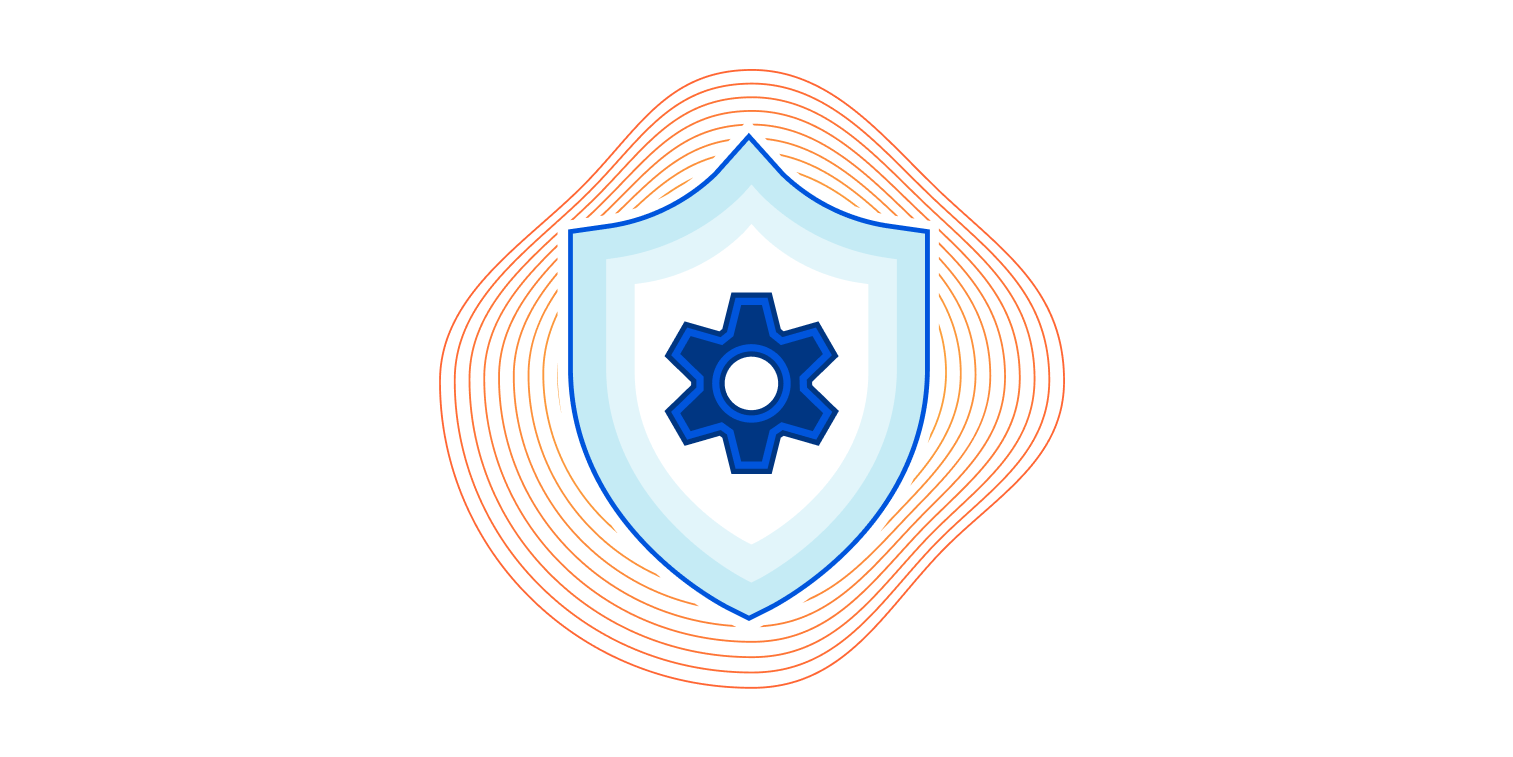
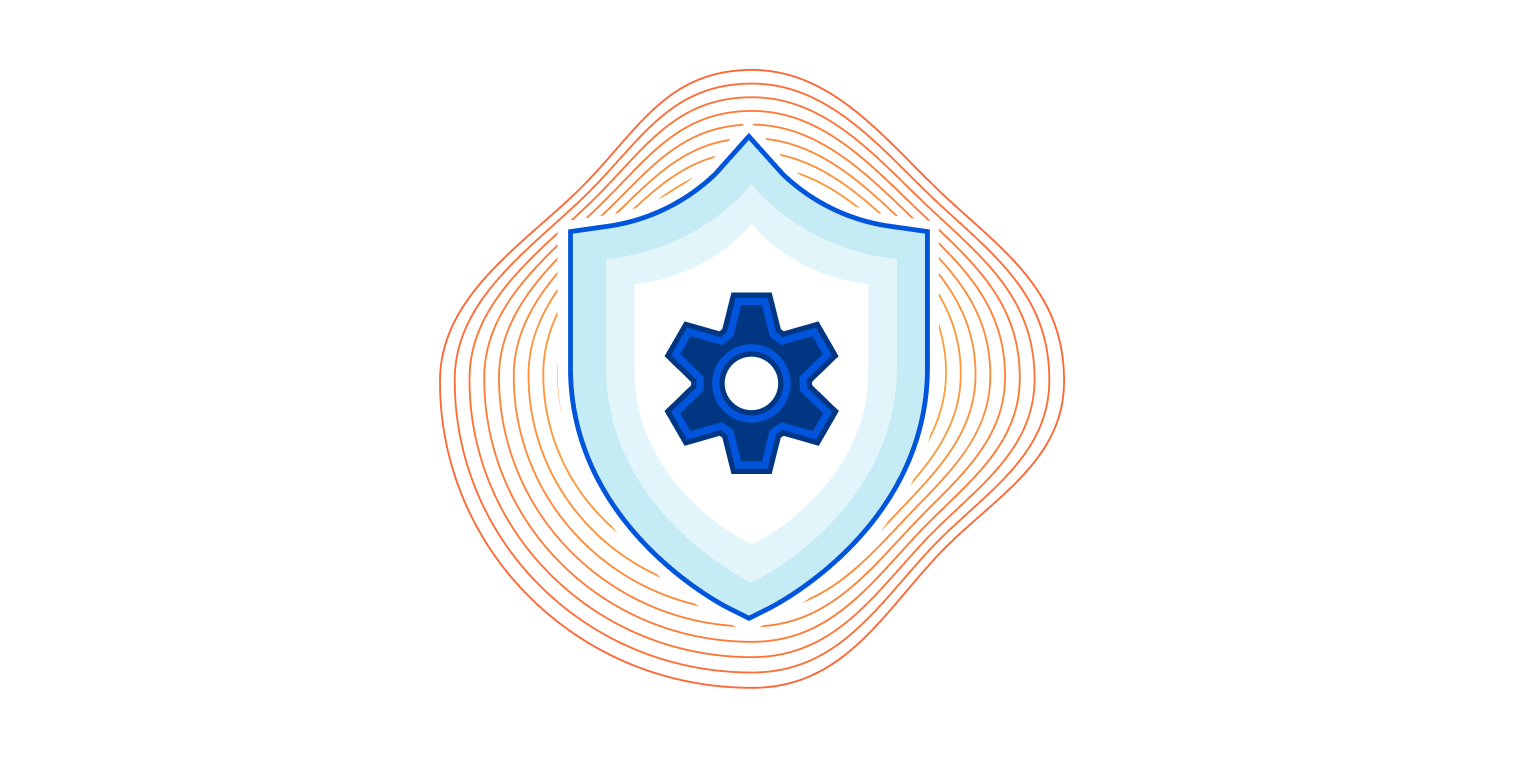
API traffic is growing fast. Last year alone it grew 300% faster at our edge than web traffic. Because APIs power mobile and web applications, transmitting instructions as diverse as “order a pizza from my favourite restaurant using this credit card” or “place a cryptocurrency trade and these are my personal details”, they are ripe for data theft and abuse. Data exposure is listed as one of the top threats for API traffic by OWASP; this includes data leaks and exfiltration from origin responses (API Security TOP 10 threats 2019). The increase in API traffic and more frequent data attacks call for new security solutions.
Cloudflare’s security toolkit had always been designed to protect web and API traffic. However, after talking to hundreds of customers we realised that there is a need for easily deployed and configured security tools for API traffic in a single interface. To meet this demand, in October 2020 we launched API ShieldTM, a new product aimed at bringing together all security solutions designed for API traffic. We started by providing mTLS authentication to all Cloudflare users free of charge, gRPC support and Schema Validation in Beta. During the launch we laid Continue reading
Using Cloudflare for Data Loss Prevention


Data exfiltration, or data loss, can be a very time-consuming and expensive ordeal causing financial loss, negative brand association, and penalties from privacy focused laws. Take for example, an incident where sensitive smart grid and metering R&D knowledge information from an industrial control system of a North American electric utility was exfiltrated through an attack that was suspected to have originated from inside the network. Unauthorized access to data from a utilities company can result in a compromised smart grid or power outages.
In another example, a security researcher found exposed and unknown (undocumented) API endpoints for Tesla’s Backup Gateway that could have been used to export data or make unauthorized changes. This would have had very real physical consequences had the unauthenticated API endpoint been used by an attacker to damage the battery or the connected electric grid.

Both these examples emphasize the importance of considering internal and external threats when thinking about how to protect a network from data exfiltration. An insider threat isn’t necessarily a user willfully causing harm: according to Fortinet’s 2019 Insider Threat Report, from the organizations surveyed 71% were concerned about a careless user causing an accidental Continue reading
Hands-On: Azure Route Server
TL&DR: Azure Route Server works as advertised. Setting it up is excruciatingly slow. You might want to start the process just before taking a long lunch break.
I decided to take Azure Route Server for a ride. Simple setup, two Networking Virtual Appliance (NVA) instances running Quagga to advertise a single prefix (just to see how multipathing works).
Here’s the diagram of what I set up:
Hands-On: Azure Route Server
TL&DR: Azure Route Server works as advertised. Setting it up is excruciatingly slow. You might want to start the process just before taking a long lunch break.
I decided to take Azure Route Server for a ride. Simple setup, two Networking Virtual Appliance (NVA) instances running Quagga to advertise a single prefix (just to see how multipathing works).
Here’s the diagram of what I set up:
SASE Should Make Life Easier for Employees and IT
As SASE solutions incorporate more user-centric intelligence, the enterprise IT stack will become more supportive of the real-world problems confronting businesses every day.Server Sales Boom In China, Bleed Air Elsewhere
The server market is a multi-cylinder engine, with eight major hyperscalers and cloud builders all doing their thing almost independently of each other and of the economic conditions at large and the rest of the market being more subject to the waxing and waning of the economic tides. …
Server Sales Boom In China, Bleed Air Elsewhere was written by Timothy Prickett Morgan at The Next Platform.
It is Always Something (RFC1925, Rule 7)
While those working in the network engineering world are quite familiar with the expression “it is always something!,” defining this (often exasperated) declaration is a little trickier. The wise folks in the IETF, however, have provided a definition in RFC1925. Rule 7, “it is always something,” is quickly followed with a corollary, rule 7a, which says: “Good, Fast, Cheap: Pick any two (you can’t have all three).”
You can either quickly build a network which works well and is therefore expensive, or take your time and build a network that is cheap and still does not work well, or… Well, you get the idea. There are many other instances of these sorts of three-way tradeoffs in the real world, such as the (in)famous CAP theorem, which states a database can be consistent, available, and partitionable (or partitioned). Eventual consistency, and problems from microloops to surprise package deliveries (when you thought you ordered one thing, but another was placed in your cart because of a database inconsistency) have resulted. Another form of this three-way tradeoff is the much less famous, but equally true, state, optimization, surface tradeoff trio in network design.
It is possible, however, to build a system Continue reading
Advanced Image Management in Docker Hub
We are excited to announce the latest feature for Docker Pro and Team users, our new Advanced Image Management Dashboard available on Docker Hub. The new dashboard provides developers with a new level of access to all of the content you have stored in Docker Hub providing you with more fine grained control over removing old content and exploring old versions of pushed images.
Historically in Docker Hub we have had visibility into the latest version of a tag that a user has pushed, but what has been very hard to see or even understand is what happened to all of those old things that you pushed. When you push an image to Docker Hub you are pushing a manifest, a list of all of the layers of your image, and the layers themselves.
When you are updating an existing tag, only the new layers will be pushed along with the new manifest which references these layers. This new manifest will be given the tag you specify when you push, such as bengotch/simplewhale:latest. But this does mean that all of those old manifests which point at the previous layers that made up your image are removed from Hub. These Continue reading
Browser Isolation for teams of all sizes

Every Internet-connected organization relies on web browsers to operate: accepting transactions, engaging with customers, or working with sensitive data. The very act of clicking a link triggers your web browser to download and execute a large bundle of unknown code on your local device.

IT organizations have always been on the back foot while defending themselves from security threats. It is not a question of ‘if’, but ‘when’ the next zero-day vulnerability will compromise a web browser. How can IT organizations protect their users and data from unknown threats without over-blocking every potential risk? The solution is to shift the burden of executing untrusted code from the user’s device to a remote isolated browser.
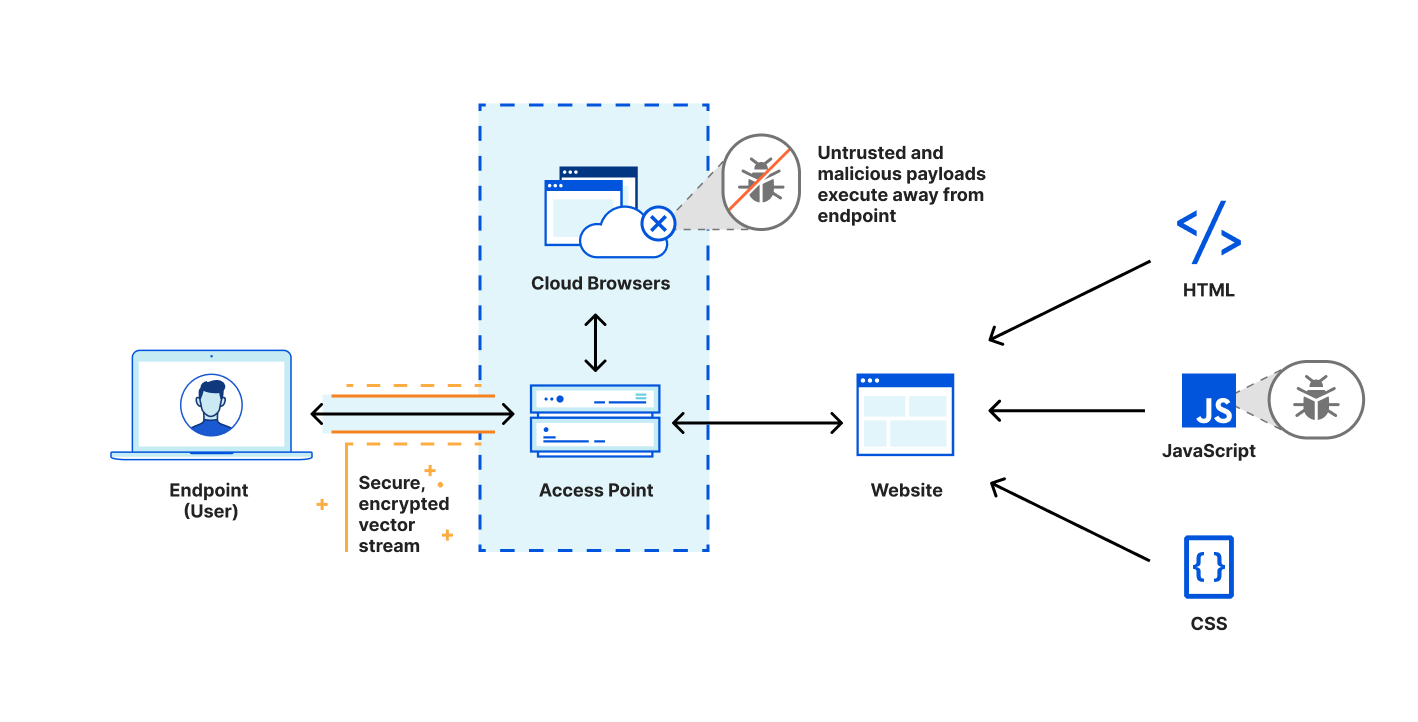
Bringing Remote Browser Isolation to teams of any size
Today we are excited to announce that Cloudflare Browser Isolation is now available within Cloudflare for Teams suite of zero trust security and secure web browsing services as an add-on. Teams of any size from startups to large enterprises can benefit from reliable and safe browsing without changing their preferred web browser or setting up complex network topologies.
Remote Browsers must be reliable
Running sensitive workloads in secure environments is nothing new, and Remote Browser Isolation (RBI) Continue reading
New device security partnerships for Cloudflare One


Last October, we announced Cloudflare One, our comprehensive, cloud-based network-as-a-service solution that is secure, fast, reliable, and defines the future of the corporate network. Cloudflare One consists of two components: network services like Magic WAN and Magic Transit that protect data centers and branch offices and connect them to the Internet, and Cloudflare for Teams, which secures corporate applications, devices, and employees working on the Internet. Today, we are excited to announce new integrations with VMware Carbon Black, CrowdStrike, and SentinelOne to pair with our existing Tanium integration. Cloudflare for Teams customers can now use these integrations to restrict access to their applications based on security signals from their devices.
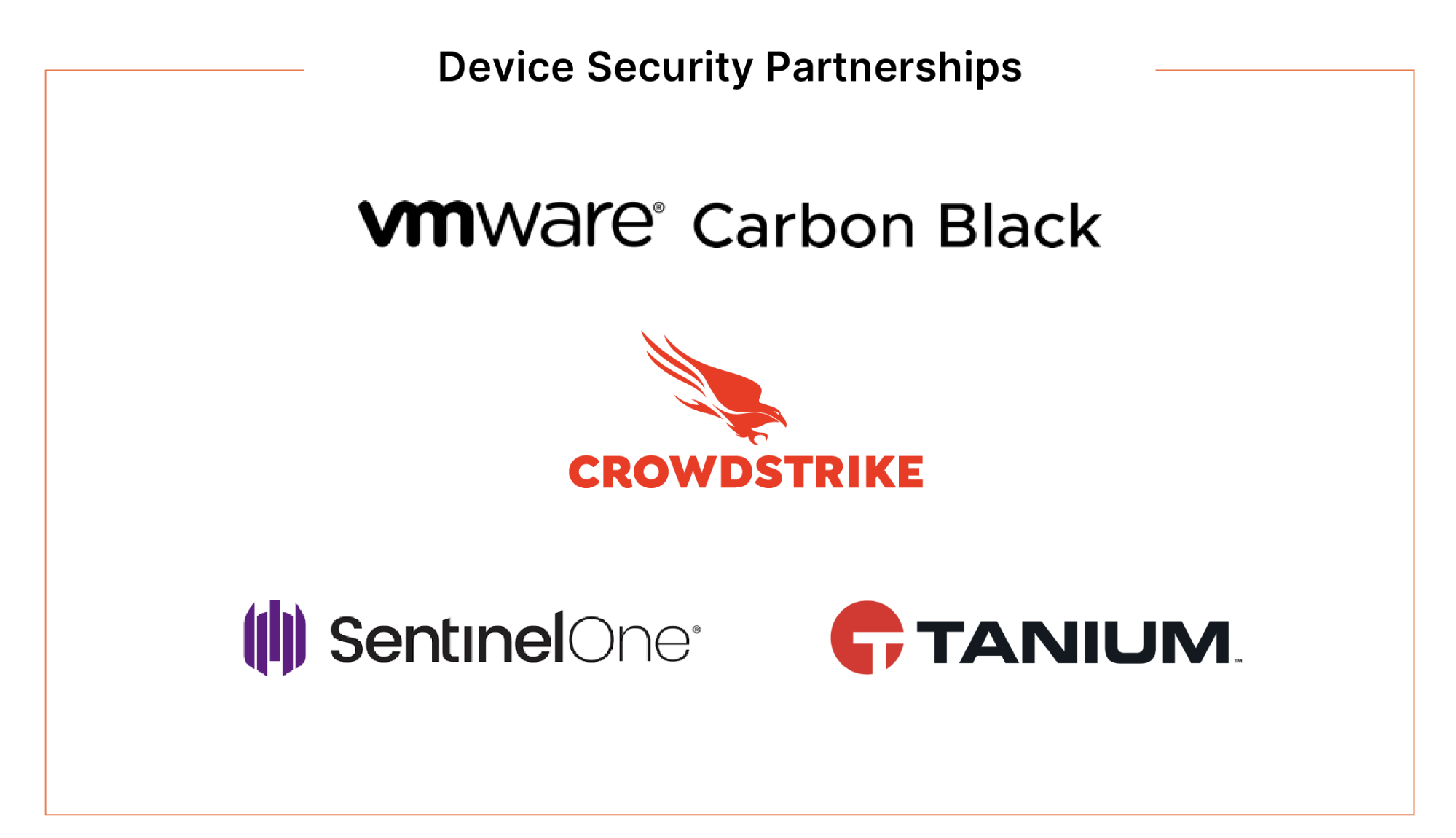
Protecting applications with Cloudflare for Teams
When the COVID-19 pandemic unfolded, many of us started to work remotely. Employees left the office, but the network and applications they worked with didn’t. VPNs quickly began folding under heavy load from backhauling traffic and reconfiguring firewalls became an overnight IT nightmare.

This has accelerated many organizations' timelines for adopting a Zero Trust based network architecture. Zero Trust means to mistrust every connection request to a corporate resource, and instead intercept and only grant access if criteria defined by an administrator are Continue reading
Announcing antivirus in Cloudflare Gateway
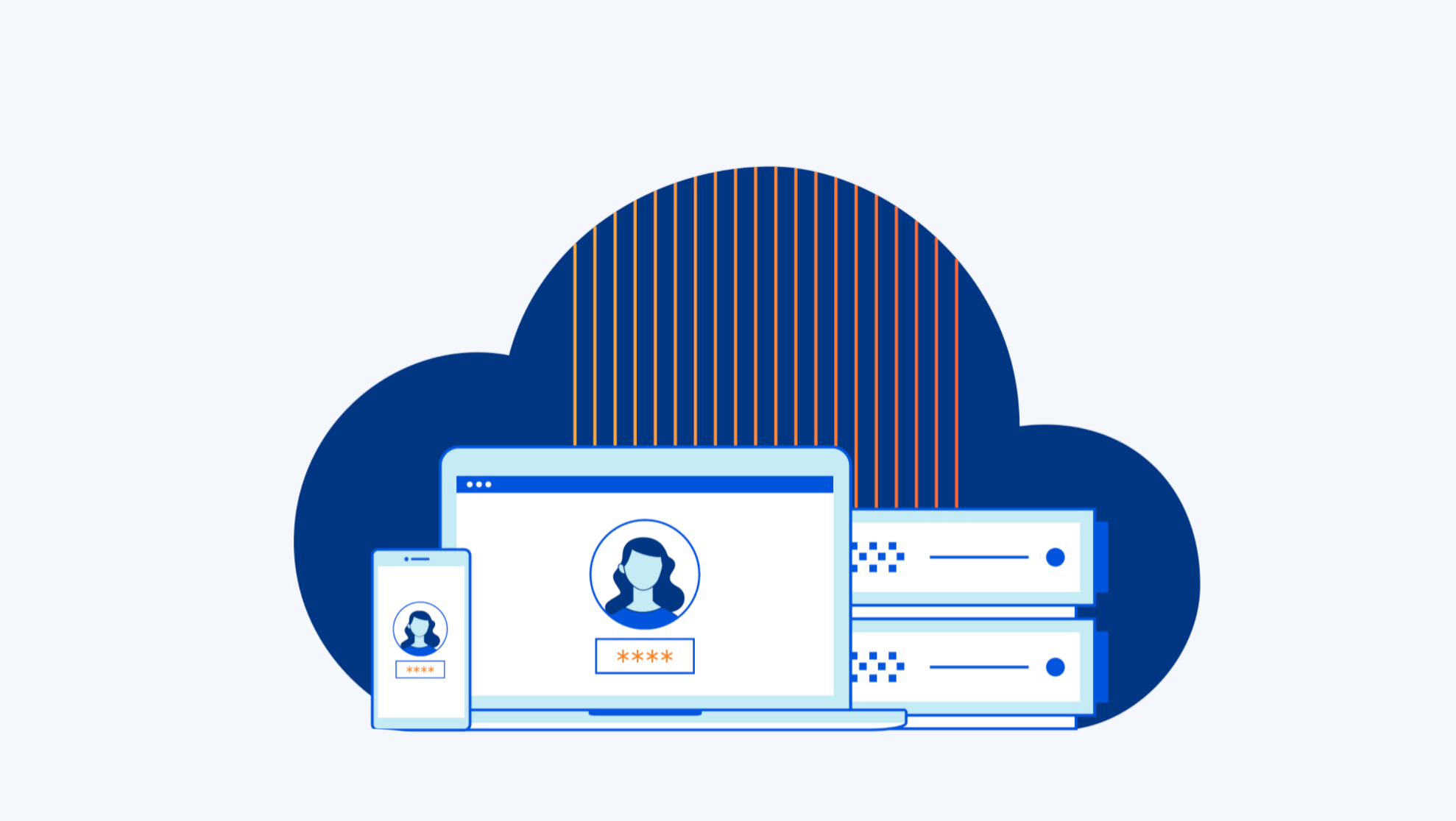
Today we’re announcing support for malware detection and prevention directly from the Cloudflare edge, giving Gateway users an additional line of defense against security threats.
Cloudflare Gateway protects employees and data from threats on the Internet, and it does so without sacrificing performance for security. Instead of backhauling traffic to a central location, Gateway customers connect to one of Cloudflare’s data centers in 200 cities around the world where our network can apply content and security policies to protect their Internet-bound traffic.
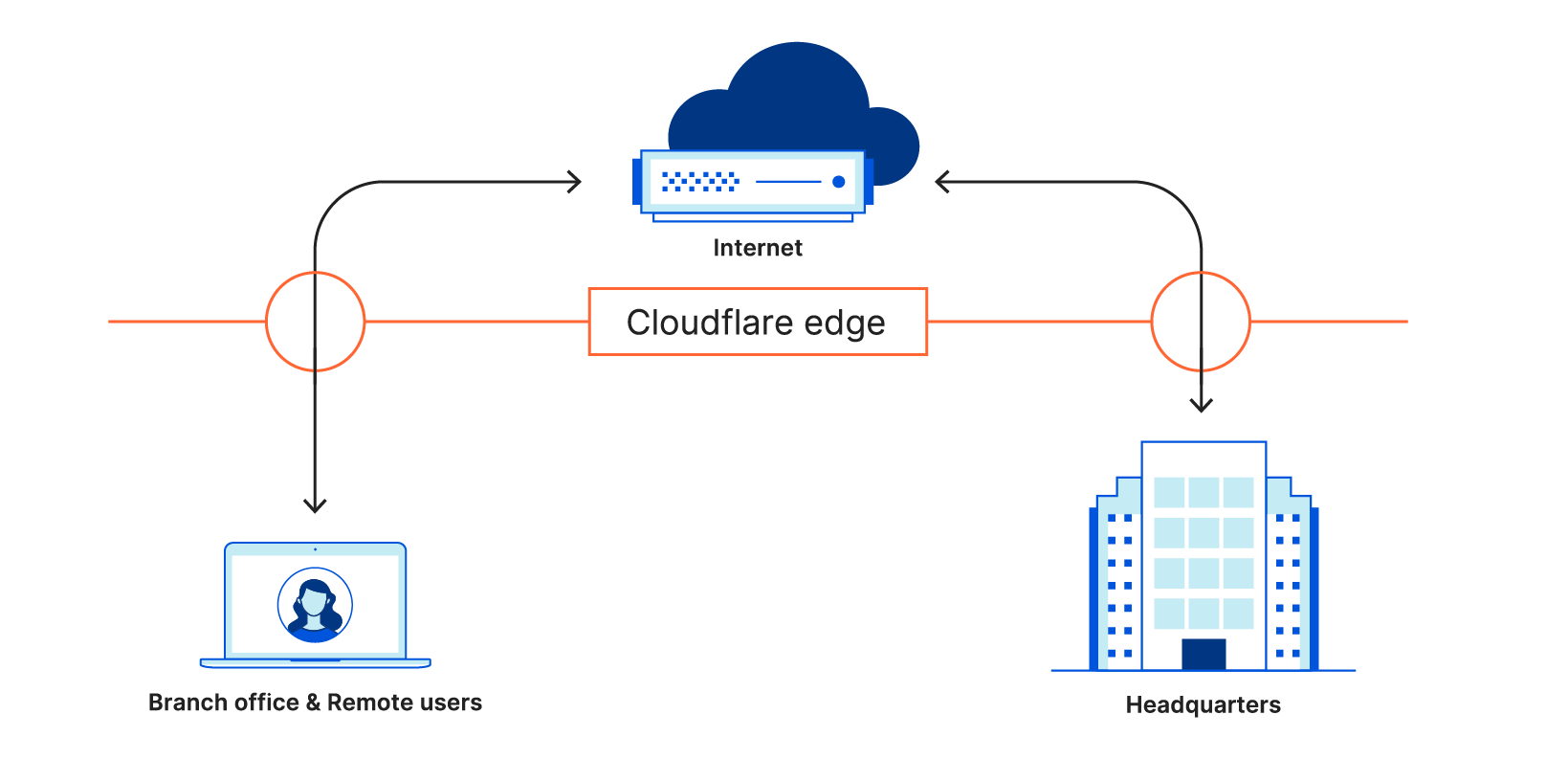
Last year, Gateway expanded from a secure DNS filtering solution to a full Secure Web Gateway capable of protecting every user’s HTTP traffic as well. This enables admins to detect and block not only threats at the DNS layer, but malicious URLs and undesired file types as well. Moreover, admins now have the ability to create high-impact, company-wide policies that protect all users with one click, or they can create more granular rules based on user identity.
Earlier this month, we launched application policies in Cloudflare Gateway to make it easier for administrators to block specific web applications. With this feature, administrators can block those applications commonly used to distribute malware, such as public cloud file storage.
These Continue reading
Anatomy of a Targeted Ransomware Attack
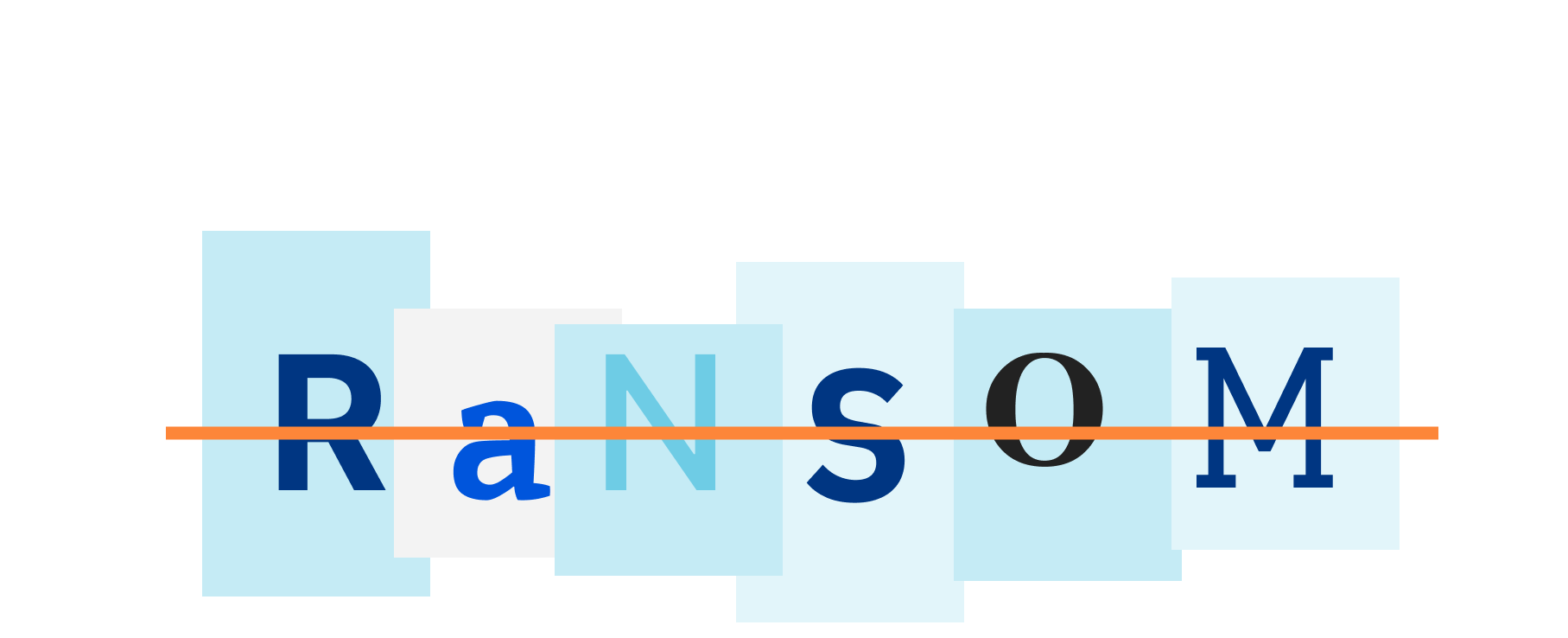
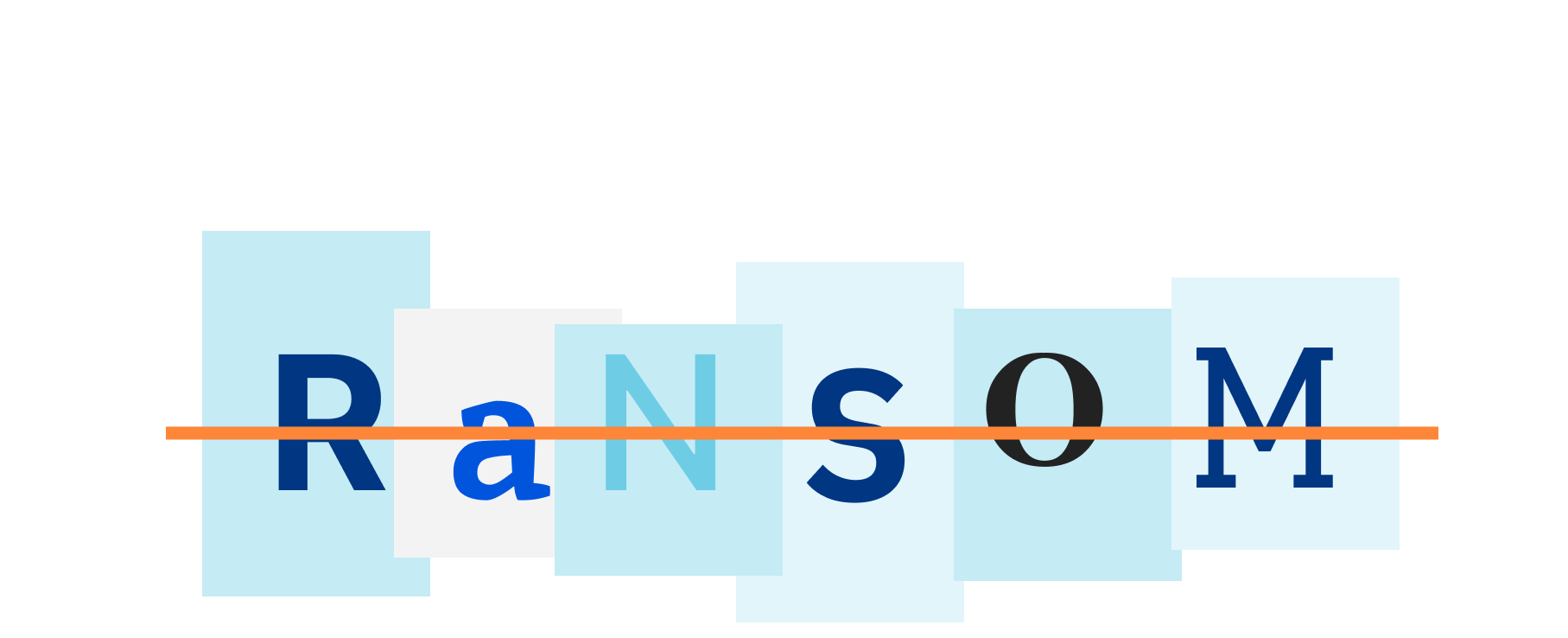
Imagine your most critical systems suddenly stop operating, bringing your entire business to a screeching halt. And then someone demands a ransom to get your systems working again. Or someone launches a DDoS against you and demands ransom to make it stop. That’s the world of ransomware and ransom DDoS.
So what exactly is ransomware? It is malicious software that encrypts files on computers making them useless until they are decrypted. In some cases, ransomware could even corrupt and destroy data. A ransom note is then placed on compromised systems with instructions to pay a ransom in exchange for a decryption utility that can be used to restore encrypted files. Payment is often in the form of Bitcoin or other cryptocurrency.
Recently, Cloudflare onboarded and protected a Fortune 500 customer from a targeted Ransom DDoS (RDDoS) attack -- a different type of extortion attack.
Prior to joining Cloudflare, I responded to and investigated a large number of data breaches and ransomware attacks for clients across various industries, including healthcare, financial, and education, to name a few. I’ve been in the trenches analyzing these types of attacks and working closely with clients to help them recover from the aftermath.
In this Continue reading
Noction launches IRP 3.11, featuring the Remote-triggered Blackholing capability
Noction is pleased to announce that the Intelligent Routing Platform v 3.11 is now generally available. This version brings to the table the
The post Noction launches IRP 3.11, featuring the Remote-triggered Blackholing capability appeared first on Noction.
Unequal-Cost Multipath in Link State Protocols
TL&DR: You get unequal-cost multipath for free with distance-vector routing protocols. Implementing it in link state routing protocols is an order of magnitude more CPU-consuming.
Continuing our exploration of the Unequal-Cost Multipath world, why was it implemented in EIGRP decades ago, but not in OSPF or IS-IS?
Ignoring for the moment the “does it make sense” dilemma: finding downstream paths (paths strictly shorter than the current best path) is a side effect of running distance vector algorithms.
Unequal-Cost Multipath in Link State Protocols
TL&DR: You get unequal-cost multipath for free with distance-vector routing protocols. Implementing it in link state routing protocols is an order of magnitude more CPU-consuming.
Continuing our exploration of the Unequal-Cost Multipath world, why was it implemented in EIGRP decades ago, but not in OSPF or IS-IS?
Ignoring for the moment the “does it make sense” dilemma: finding downstream paths (paths strictly shorter than the current best path) is a side effect of running distance vector algorithms.
Shape the Internet’s Future with the Early Career Fellowship

Imagine a world where a global roster of Internet champions can stand up against the threats to the Internet.
This ideal was the inspiration for our new flagship program – the Early Career Fellowship!
This groundbreaking fellowship empowers a diverse new generation of Internet thinkers and doers.
The Early Career Fellows will have the opportunity to think, learning from Internet luminaries, today’s leading thinkers and organizations. They’ll explore topics like the Internet Ecosystem, Project Management & Advocacy, and the Internet Way of Thinking with Professor Dr Laura DeNardis of American University, scholars from the Oxford Internet Institute, and experts from the Internet Society, Diplo/GIP, Pyramid Learning and 89up.
The Fellows will also have the opportunity to do, getting direct support to nurture their professional growth. They’ll attend practical modules to help develop their own projects – bringing their ideas to life as they address the real-world challenges facing the future of the Internet.
These components, complemented with discussion, mentorship and leadership tracks, will:
- Increase the capacity of Internet champions through targeted educational and leadership development activities – and expand their expertise to support the development of the Internet
- Empower a cadre of talented early career professionals, giving Continue reading